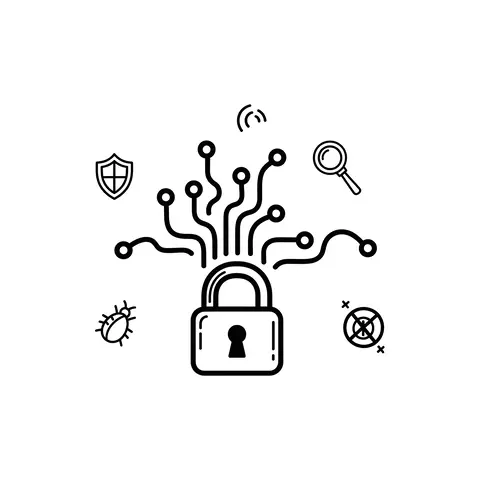
FTP Service and Its Exploitation by Hackers - Understanding the Risks and Defenses
In the ever-evolving landscape of cybersecurity, malicious actors constantly seek weaknesses within systems to achieve their objectives, whether it's data theft, system disruption, or financial gain. Understanding these common points of exploitation is crucial for individuals and organizations to build more resilient defenses. This article explores several key aspects of systems that are frequently abused by attackers and outlines essential strategies for protection.
One of the most straightforward and alarmingly common entry points for attackers is through compromised user credentials. This can happen in several ways:
# Example (conceptual, actual tools vary and require ethical use)
# This is a highly simplified representation and not a real-world command for
# ethical penetration testing tools like Hydra or Medusa.
# hydra -l username -P passwords.txt ssh://target_ipDefense Strategies:
Software, including operating systems, applications, and network devices, often contains vulnerabilities or bugs. When these flaws are discovered, vendors release patches and updates. However, many systems remain unpatched, leaving open doors for attackers.
Defense Strategies:
Default settings, overlooked configurations, or errors in setting up systems can create significant security gaps. Attackers often look for:
# Example: Scanning for open ports on a target system (ethical use only)
# nmap -p- target_ip Defense Strategies:
Networks can be a prime target, especially if they are not properly secured.
Defense Strategies:
While not a technical vulnerability in software, human trust is often the weakest link. Social engineering techniques manipulate individuals into performing actions or divulging confidential information.
Defense Strategies:
The security of any system is a continuous effort. By understanding these common areas of exploitation – from weak credentials and unpatched software to misconfigurations and the human element – organizations and individuals can proactively strengthen their defenses. A multi-layered approach, combining robust technical controls with ongoing user education and vigilant monitoring, is essential to stay ahead of evolving cyber threats.